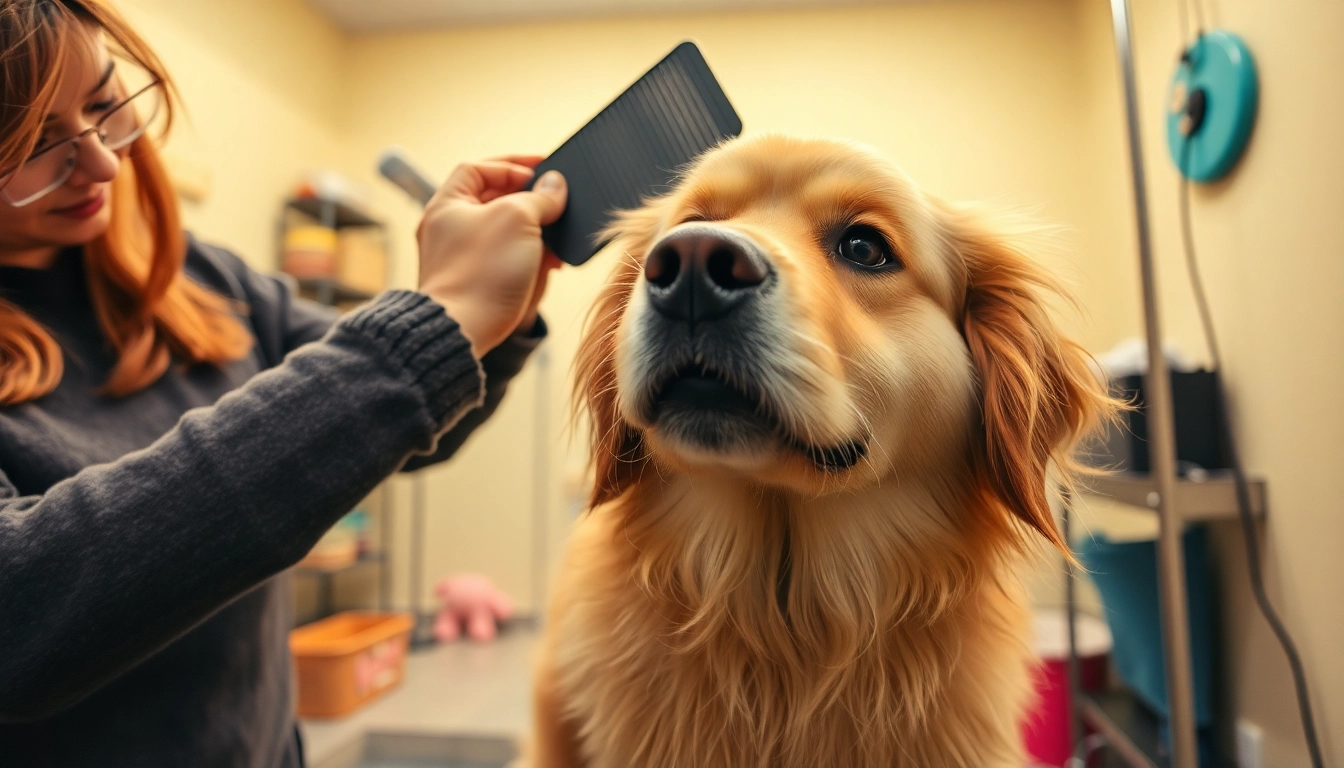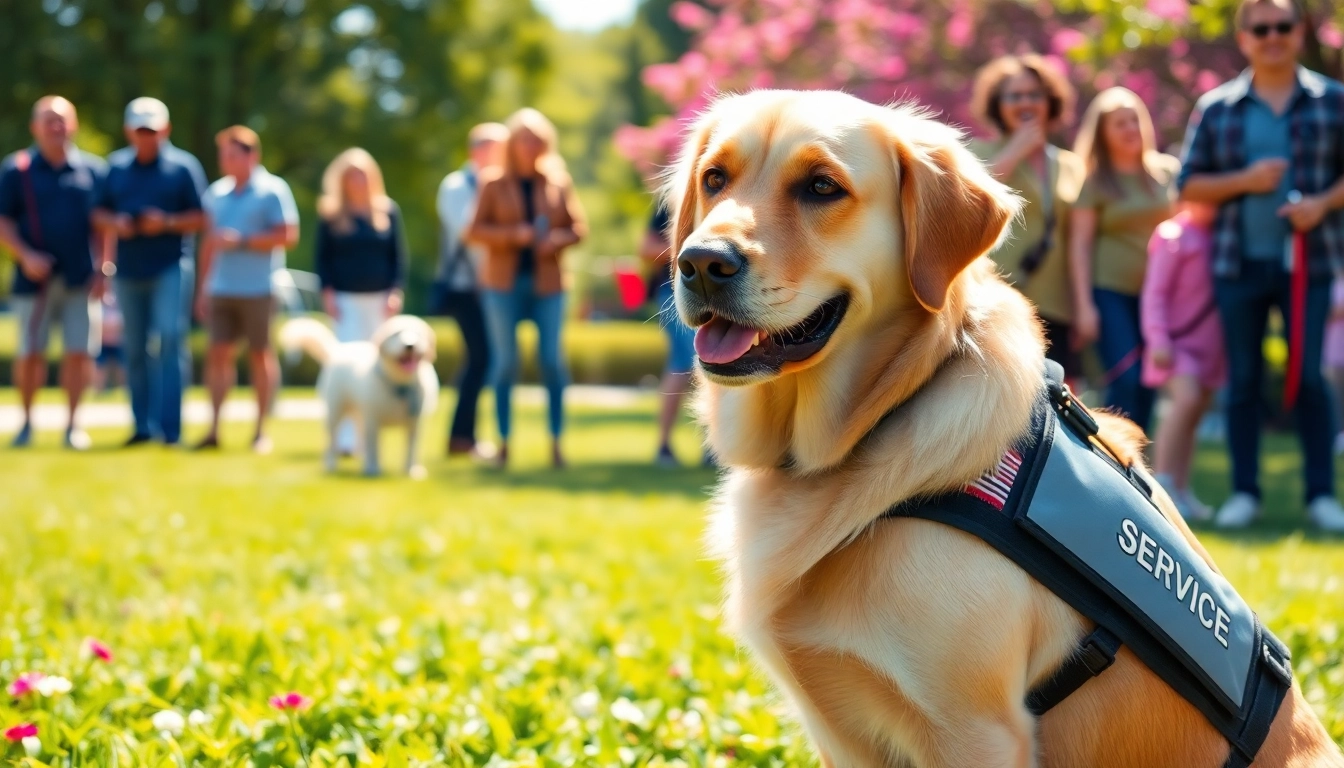Every dog owner knows that grooming is a crucial part of pet care. Among the many grooming tasks, dog brushing stands out for its multiple benefits, both for the dog and its human. Understanding the essentials of dog brushing can transform a simple task into a rewarding routine that enhances the health, appearance, and comfort of your furry friend.
Understanding Dog Brushing Essentials
The Importance of Regular Brushing
Regular dog brushing is about more than just keeping your pet looking good. It plays a vital role in maintaining their overall health. Regularly brushing your dog’s coat helps remove dirt, loose hair, and dander, significantly reducing allergens in your home. It aids in distributing natural oils across the skin, promoting a shiny coat and preventing skin issues.
Moreover, brushing can act as an early detection system for potential skin problems, lumps, or parasites like fleas and ticks. It fosters stronger bonds between you and your dog, making it an essential ritual that nurtures the relationship you share.
Different Brushes for Different Breeds
Not all brushes are created equal when it comes to dog grooming. Different breeds have distinct coat types—from short-haired to long-haired, straight to curly—and each requires specific grooming tools for optimal care. For instance, slicker brushes work wonders on long-haired breeds as they can disentangle knots and mats without damaging the coat. In contrast, bristle brushes are often better suited for short-haired dogs, helping to smooth out coats while removing loose fur.
Understanding your dog’s breed and coat characteristics will aid in selecting the right brush. For example:
- Double-coated breeds Such as Golden Retrievers and Huskies, benefit from undercoat rakes to remove loose fur while keeping their top coat intact.
- Curlies: Breeds like Poodles and Bichon Frises need pin brushes to keep their curls from matting.
- Short-haired breeds: Bulldogs or Boxers do well with rubber grooming mitts to remove shedding fur while being gentle on their skin.
How to Choose the Right Brush for Your Dog
Choosing the right brush involves considering your dog’s coat length and type, its sensitivity to touch, and your grooming goals. Start by assessing the following details:
- Coat Type: As discussed, different coats need different brushes. Take time to understand the specific needs of your dog’s coat.
- Size and Shape of the Brush: Ensure that the brush fits comfortably in your hand and is easy to maneuver. Size also matters; larger brushes may be more efficient for larger breeds, while smaller, hand-held brushes may be more effective for small breeds.
- Material: Look for brushes made from quality materials that offer durability while being gentle on your dog’s skin. Many modern brushes have soft bristles or rubber components that minimize discomfort.
- Your Dog’s Comfort: Pay attention to your dog’s reactions during brushing. If they seem anxious or resist, it might be worth adjusting your approach or changing your grooming tool.
Techniques for Effective Dog Brushing
Step-by-Step Brushing Process
An effective brushing routine can prompt positive associations in your dog and can be broken down into simple, manageable steps:
- Preparation: Gather all necessary grooming tools. Consider using treats for positive reinforcement.
- Setup: Choose a quiet space to reduce distractions. A non-slippery area is ideal to prevent accidents.
- Begin Slowly: Start by letting your dog get familiar with the brush. Gently introduce it and allow them to sniff it, ensuring they are comfortable.
- Brushing Techniques: Use long, gentle strokes in the direction of the coat. For matted areas, work slowly and carefully to avoid pulling. If you encounter knots, use a detangling spray or conditioner to ease the brushing process.
- Maintain a Calm Environment: Your demeanor can greatly influence your dog’s response. Stay calm and patient, keeping the session short and stress-free.
- Reward Your Dog: After brushing, reward your dog with praise or treats, reinforcing the positive experience.
Handling Knots and Matting
Knots and mats are common challenges in grooming, especially for long-haired breeds. The best approach to tackling these tangles involves:
- Prevention: Regular brushing is the best prevention against mats. Incorporating grooming into your routine can help keep the coat tangle-free.
- Detangling Tools: Invest in quality detangling combs and sprays. These can help loosen mats without causing pain.
- Gentle Handling: Always work on mats slowly. Start from the ends and gradually work toward the base, being careful not to pull at the skin.
- Professional Help: If the mats are too severe or painful to brush out, consider seeking professional grooming assistance. They have the tools and experience to handle tangled fur properly.
Grooming Tools: What You Need
Essential grooming tools for effective brushing include:
- Slicker Brushes: These are perfect for removing tangles and mats.
- Undercoat Rakes: Great for double-coated breeds to eliminate loose fur beneath the outer coat.
- Bristle Brushes: Useful for smoothing out shorter hair and distributing natural oils.
- Rubber Grooming Mitts: Ideal for short-haired dogs, as they help collect loose hair while offering a gentle massage.
- Comb: A standard fine-toothed comb can help with detangling and checking for parasites.
- De-shedding Tools: Such as FURminator, designed specifically for shedding season.
Establishing a Brushing Routine
Frequency of Brushing Based on Coat Type
The frequency of brushing your dog largely depends on their coat type. A general guideline includes:
- Short-haired breeds: Brushing once a week is usually sufficient to remove dust and keep their coat healthy.
- Medium-haired breeds: Consider a brushing routine of two to three times per week to maintain coat cleanliness and manage shedding.
- Long-haired breeds: Daily brushing is ideal to prevent mats and tangles.
- Double-coated breeds: Regular brushing during shedding seasons (spring and fall) is crucial, typically at least once a week!
Adhering to these schedules can lead to significant improvements in minimizing shedding and ensuring that your dog’s coat remains healthy and manageable.
Setting Up a Comfortable Grooming Space
Creating a comfortable grooming environment is essential for a successful brushing session. Here are several tips to set the stage:
- Choose a Quiet Area: Pick a distraction-free space, away from loud noises, which helps your dog remain calm.
- Non-Slip Surface: Grooming on a non-slip surface is safer and ensures that your dog remains relaxed while being groomed.
- Good Lighting: Adequate lighting helps you see your dog’s coat clearly, making it easier to spot tangles or skin issues.
- Comfortable Position: Ensure your dog is comfortable, either on a grooming table or a soft mat where they can sit or lie down comfortably.
Making Grooming a Positive Experience
Turning grooming into a positive experience can greatly affect how your dog perceives the process. Consider the following measures:
- Short, Rewarding Sessions: Keep grooming sessions short and relaxed. Gradually increase the duration as your dog becomes accustomed to the process.
- Use Treats: Utilize treats during and after brushing to create a positive association with the activity.
- Stay Calm Your Dog: Remain calm throughout the session. If you appear anxious or frustrated, your dog’s stress level may increase. Use a soft voice and soothing tones.
- Incorporate Play: After grooming, participate in playtime to reinforce that grooming is part of a fun routine.
Common Dog Brushing Challenges
Dealing with Shy or Anxious Dogs
Some dogs may be inherently anxious around grooming routines, making it difficult to brush them effectively. To address this challenge:
- Desensitization: Gradually introducing your dog to brushing over multiple sessions can ease their anxiety. Start with brief moments of brushing, rewarding them for their calm behavior.
- Positive Reinforcement: Use high-value treats and praise to encourage a positive response to the brush.
- Calm Environment: Focus on maintaining a calm atmosphere during the process. Avoid forcing your dog into uncomfortable positions.
- Professional Interruption: Sometimes, consulting a professional groomer can provide insight into best practices for handling anxious dogs.
Managing Shedding Seasons
Shedding is a natural process, but it can still become overwhelming during peak seasons. To manage shedding effectively:
- Regular Brushing: Increase brushing frequency during shedding seasons to catch loose fur before it spreads throughout your home.
- Hydration: Ensure your dog is adequately hydrated, as this contributes to overall skin health, potentially reducing excessive shedding.
- Quality Diet: A well-balanced diet rich in Omega fatty acids can help promote healthy skin and fur, leading to less seasonal shedding.
- Specialized Grooming Tools: Invest in de-shedding tools designed specifically for this purpose.
When to Seek Professional Grooming Help
While regular brushing is crucial, certain instances may warrant professional grooming assistance. Consider seeking help from a professional groomer when:
- The coat becomes severely matted, and home attempts have failed.
- Your dog displays extreme anxiety or fear around grooming tools.
- You lack the time or resources to maintain proper grooming.
- Your dog has unique grooming needs due to breed-specific characteristics that require specialized tools or techniques.
Benefits of Regular Dog Brushing
Promoting Skin Health and Reducing Allergens
Regular brushing supports skin health by improving circulation and distributing the skin’s natural oils, which keeps coats shiny and sleek. Removing loose fur, dander, and debris can also minimize allergens that may affect your family’s respiratory health.
Enhancing the Bond with Your Pet
Engaging in regular grooming creates additional bonding opportunities between you and your dog. The attention, comfort, and care that you provide during brushing contribute to your dog’s sense of security and affection for you.
Long-term Cost Savings on Grooming Services
Establishing a consistent brushing routine can lead to significant long-term savings. Regular brushing can minimize the need for professional grooming, as your dog’s coat will remain healthier and easier to manage, reducing the frequency of salon visits.



